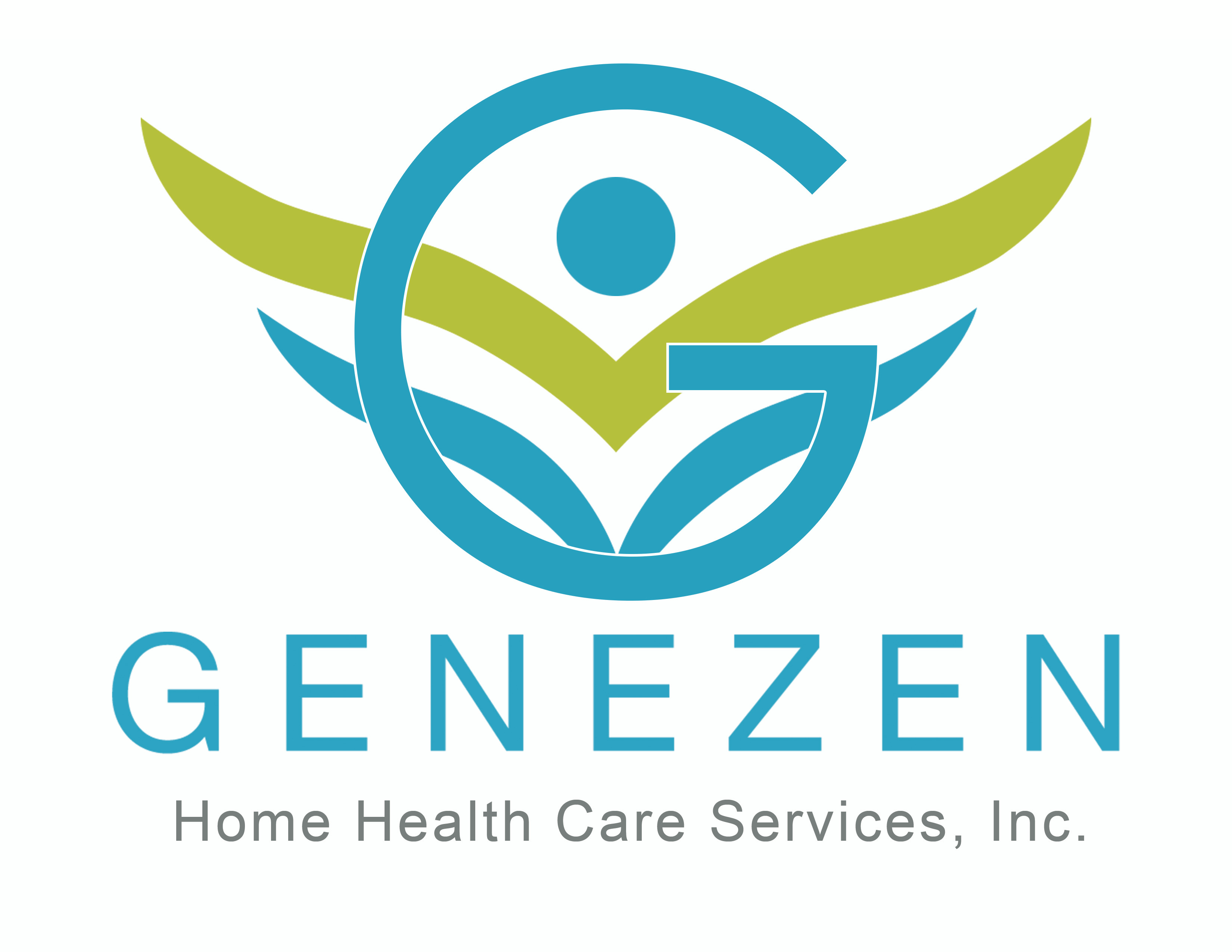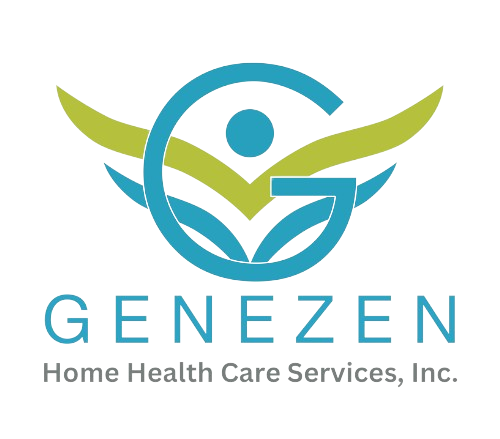When a loved one experiences a stroke, life changes in an instant — not only for the patient but for the entire family. The journey to recovery can feel overwhelming, especially when transitioning from hospital to home. That’s why creating a personalized, effective home care plan is one of the most important steps you can take to support long-term healing and quality of life.
This guide walks you through how to build a comprehensive care plan for a stroke patient, including how to involve their primary healthcare team and when to seek additional services like physical therapy, occupational therapy, and speech therapy.
Understanding Stroke Recovery at Home

A stroke happens when blood flow to a part of the brain is disrupted, leading to potential damage to areas that control movement, speech, memory, or even behavior. Some patients may experience weakness on one side of the body, while others may struggle with communication or swallowing. No two recoveries are alike — and that’s why care must be tailored.
Recovery from stroke is often categorized into stages — from acute care in the hospital, to inpatient rehab, to long-term recovery at home. Once the patient is medically stable and discharged, the focus shifts to regaining independence, preventing complications, and improving quality of life.
Most stroke patients will need support with basic daily activities, therapy to regain lost function, and help managing emotions and mental health. Home becomes the new hub for healing, but it requires structure, safety, and skilled guidance.
What Should Be in a Care Plan For a Stroke Patient?

An effective care plan doesn’t just focus on physical needs — it takes into account emotional, mental, and social support as well. Here are key components to include:
1. Medical Oversight and Monitoring
- Ensure medication schedules are strictly followed (e.g., blood thinners, blood pressure meds).
- Monitor for signs of complications like new weakness, chest pain, or confusion.
- Schedule regular checkups with the primary care provider and neurologist.
- Track symptoms and document any changes in mobility, mood, or function.
Consider using a medication organizer, a digital health app, or a caregiver notebook to stay on top of appointments and medications.
2. Involvement of the Primary Healthcare Team
Your loved one’s recovery hinges on a team effort. Their primary care doctor typically coordinates services with other professionals, including:
- Neurologist – Oversees recovery from a neurological perspective
- Rehabilitation specialists – Help guide rehab plans tailored to stroke recovery
- Home health nurses – Monitor vital signs and provide wound care, if needed
- Therapists – Offer targeted rehabilitation services for mobility, cognition, and speech
- Social workers – Connect families with community resources and counseling
Keep a list of all team members with contact information and request regular check-ins. Ask questions and advocate for services that may benefit your loved one’s quality of life.
3. Highlight: When to Include Physical Therapy
Physical therapy is often a non-negotiable part of stroke recovery, especially for patients who experience:
- Muscle weakness on one side of the body
- Balance and coordination issues
- Difficulty walking or performing physical tasks
- Joint stiffness or muscle spasticity
- Risk of falls
A licensed physical therapist plays a vital role in restoring movement, strength, and flexibility. They evaluate the patient’s current mobility and create a tailored exercise plan. These plans often include:
- Guided stretching and strengthening exercises
- Balance training
- Gait retraining (helping the patient relearn how to walk safely)
- Postural correction and body mechanics
- Safe transfer training (bed-to-chair, sitting-to-standing, etc.)
Therapy may begin in a hospital or rehab center, but once at home, continuing physical therapy can prevent deterioration and build independence. Home-based physical therapy also ensures that progress continues in the patient’s actual living environment.
If your loved one is struggling to sit up, walk, or lift items, or if they are at risk of falling, it’s time to request a referral for physical therapy. Starting early increases the chances of a fuller recovery.
4. When to Seek Occupational Therapy
Stroke patients often have difficulty performing everyday activities like dressing, grooming, or using utensils. This is where occupational therapy becomes essential.
An occupational therapist (OT) helps patients:
- Relearn fine motor skills like writing or buttoning clothes
- Adapt tasks to match their current abilities
- Use special tools (e.g., weighted silverware, grab bars, sock aids)
- Make the home environment safer and more accessible
Let’s say your loved one is unable to make their own coffee or dress themselves without help — an OT will assess the situation and design strategies to rebuild confidence and capability. These small wins are critical to restoring dignity and independence.
5. Don’t Overlook Speech and Language Therapy
Stroke can damage areas of the brain that control speech and swallowing. As a result, some patients experience:
- Aphasia – trouble speaking or understanding language
- Dysarthria – slurred or slow speech
- Apraxia – difficulty coordinating the mouth and tongue to form words
- Dysphagia – difficulty swallowing, increasing the risk of aspiration pneumonia
Speech-language pathologists (SLPs) work with stroke patients to improve:
- Verbal and non-verbal communication
- Cognitive functions like memory and problem-solving
- Safe swallowing techniques
- Social interaction skills and confidence
If your loved one becomes quiet, frustrated while speaking, or coughs during meals, these are key signs that speech therapy is needed. The earlier it begins, the better the outcomes.
Daily Living Assistance and Home Safety

Stroke patients often need help with personal care, including:
- Bathing, grooming, and oral hygiene
- Dressing and toileting
- Meal preparation and safe feeding
- Housekeeping and mobility support
A family caregiver may manage some of these tasks, but in more intensive cases, a trained home health aide can be brought in for part-time or full-time assistance.
Home modifications to consider:
- Grab bars in bathrooms and hallways
- Shower chairs and handheld showerheads
- Ramps for entryways or inside thresholds
- Raised toilet seats or commodes
- Non-slip rugs or flooring
A physical or occupational therapist can perform a home safety evaluation to recommend changes that make the space safer and more accessible.
Mental Health and Emotional Support

Emotional well-being is often overlooked in stroke care — but it’s just as important as physical recovery. Many stroke patients experience:
- Depression
- Anxiety
- Irritability or mood swings
- Social withdrawal
Some may grieve the loss of their independence or former lifestyle. Here’s how you can support their mental health:
- Encourage participation in simple, joyful activities like music or nature
- Introduce journaling, creative arts, or light conversation
- Set small, achievable goals and celebrate progress
- Seek professional counseling or a support group, either in person or online
Caregivers should also pay attention to their own emotional health. Consider respite care or reaching out for support when feeling overwhelmed.
Creating a Routine That Supports Recovery

A structured routine brings consistency and comfort. Try developing a daily schedule that includes:
- Medication times – aligned with meals or wake/sleep cycles
- Therapy sessions – such as daily physical therapy exercises at home
- Meal preparation – possibly including soft or modified diets
- Hygiene routines – like scheduled bathing or grooming
- Engaging activities – puzzles, art, games, or family time
- Rest periods – fatigue is common post-stroke and should be honored
Use a whiteboard, planner, or smartphone app to help keep track and give your loved one a sense of control.
When to Reevaluate the Care Plan

Recovery isn’t always predictable. Your care plan should grow with your loved one’s needs. Reevaluate when:
- Progress stalls for more than a few weeks
- New symptoms emerge (pain, confusion, extreme fatigue)
- Caregiver stress becomes unmanageable
- You notice safety concerns during daily activities
It may be time to add more therapy, adjust medications, or even consider part-time facility-based rehab.
Quick Stroke Home Care Checklist for Daily Use

Use this quick checklist to stay organized and track your loved one’s daily needs.
Medical Needs
- Medications taken on time
- Vital signs checked (if needed)
- No new symptoms or changes
- Next appointments confirmed
Rehab & Therapy
- Physical therapy exercises done
- Occupational therapy tasks practiced
- Speech/swallowing therapy (if needed)
Daily Care Tasks
- Help with bathing, dressing, and toileting
- Meals/snacks prepared (soft diet if needed)
- Drinking enough fluids
Home Safety
- Clear walkways and no tripping hazards
- Grab bars/supports in place
- Mobility aids (walker/wheelchair) working properly
Emotional Support
- Light activity (talk, music, puzzles)
- Watch for signs of sadness or frustration
- Caregiver takes a short break
Final Thoughts: A Team Effort Toward Healing
Helping a loved one recover from a stroke at home takes patience, planning, and the right support. A well-structured care plan — supported by services like physical therapy, occupational therapy, and speech therapy — can make daily life safer and more manageable for everyone involved.
If you’re feeling overwhelmed,Genezen Home Health Care is here to help. Our dedicated team provides compassionate, in-home stroke care tailored to your family’s needs. From skilled therapy to everyday support, we’re just a call away. Reach out today and let us walk this recovery journey with you.


